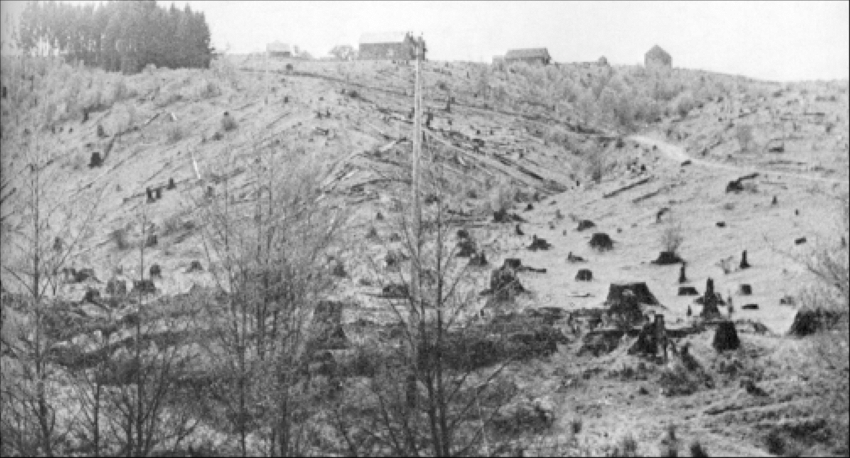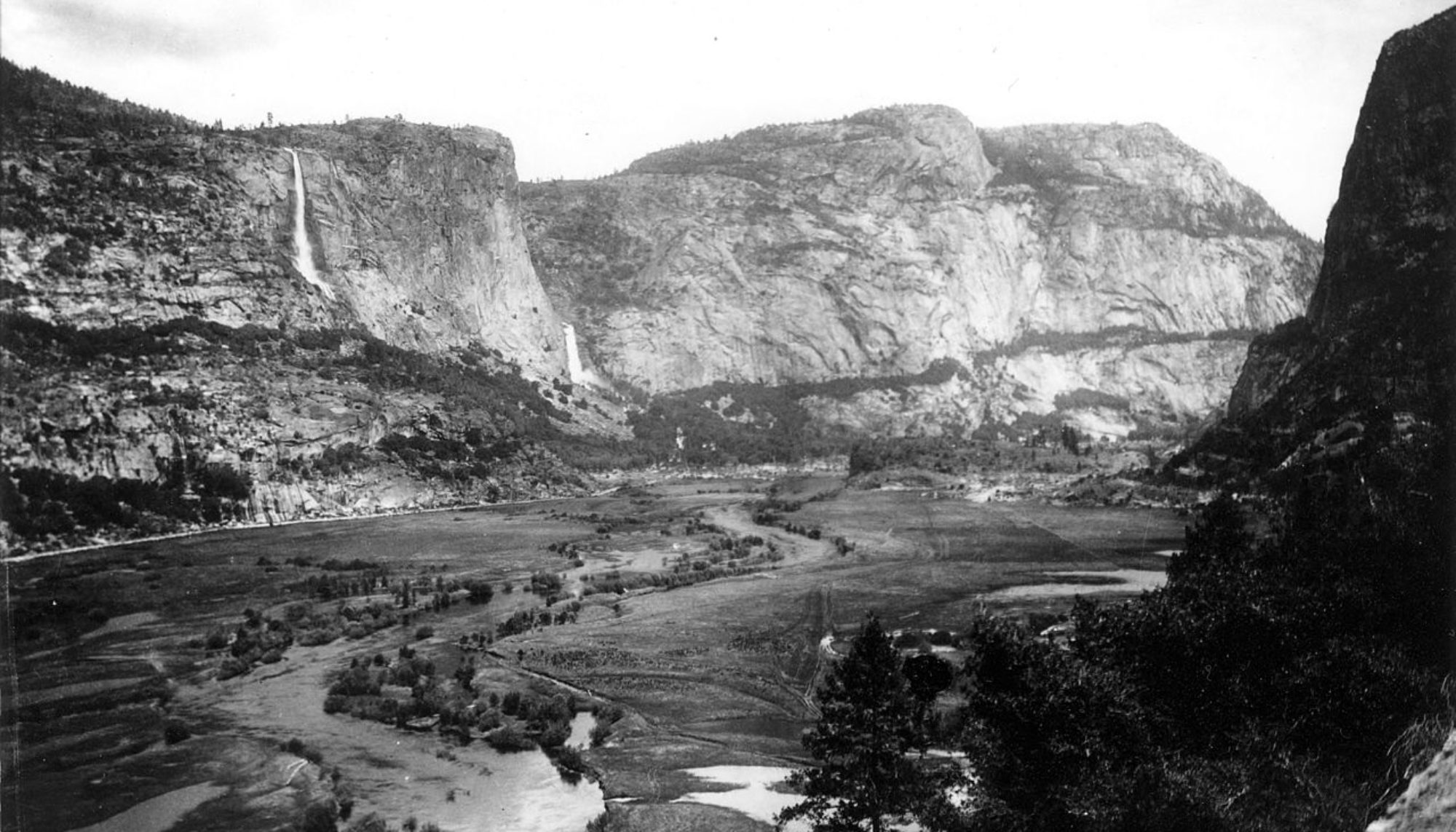
The Forest Reserve Act of 1891, was one of the stricter methods the government tried in saving forest land. In the years leading up to the creation of the FRA, there was a growing concern with forest lands. Members of the Department of the Interior questioned the belief of the “endlessness” of the nation’s resources. Members of the government had tried to limit the cutting down of timber in the West with legislation. However, government action in previous laws was not effective. The government had no legal authority to preserve forest land. The FRA gave the president the authority needed to preserve forest land. This preserved land became known as, “Forest Reserves.” The Reserves protected the forest from all outside threats. The issue with this law was that FRA closed off the land to citizens that were not trying to destroy the forest. Another issue with the FRA is that it closed off the land local timber-men. Now, frontier industries and citizens did not have access to timber needed for survival. This law was far from perfect, at first, but for a short period of time was helpful. It would take another law to fix the issues with the FRA, this law being the Organic Act of 1897.
The Organic Act was an amendment to the Forest Reserve Act. As an amendment, the OA put guidelines in place to make the FRA more effective and less hindering to settlers. (CLICK HERE TO READ MORE ABOUT THE OA). The OA established a clear method of land management and opened back up the land. Even with the land open, there were still rules in place to prevent exploitation. As effective the OA was, it not all liked by all. When the Organic act was about signed, John Muir strongly protested it. He believed that opening up forest land to people was a terrible idea. To Muir that was not persevering the land. Muir, as a member of the National Forest Commission, agreed with Glover Cleveland’s decisions to create the “Washington’s Birthday Reserves.” Muir was instrumental in the selecting of the forests Cleveland was going to pick. Muir, as a “true” preservationist believe isolating the land from outside world was the only way to protect them. The OA, in his mind, was the farthest thing from preservation. Viewing the OA, the way he did, Muir stepped down from the National Forest Commission. Even worse he cut off ties to Gifford Pinchot, who was a close friend of his at the time. Pinchot, himself, was also a member of the National Forest Commission. He believed that the OA was the best possible outcome after the backlash from Westerns over the Washington Birthday Reserves.
